-
×
 BUZZ Click
2 × R115.00
BUZZ Click
2 × R115.00 -
×
 4-20mA R Click
1 × R480.00
4-20mA R Click
1 × R480.00 -
×
 LPG Click
1 × R335.00
LPG Click
1 × R335.00 -
×
 tRF Click
1 × R1,050.00
tRF Click
1 × R1,050.00 -
×
 GNSS 5 Click
1 × R380.00
GNSS 5 Click
1 × R380.00 -
×
 Accel Click
1 × R355.00
Accel Click
1 × R355.00 -
×
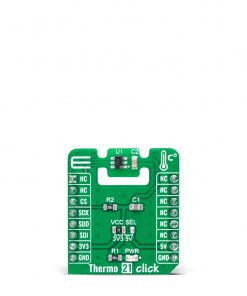 Thermo 21 Click
1 × R410.00
Thermo 21 Click
1 × R410.00 -
×
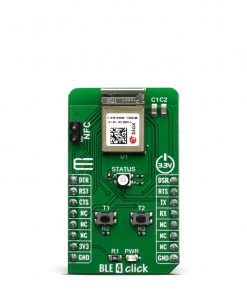 BLE 4 Click
1 × R820.00
BLE 4 Click
1 × R820.00 -
×
 RS485 Click 5V
1 × R235.00
RS485 Click 5V
1 × R235.00
Subtotal: R4,295.00

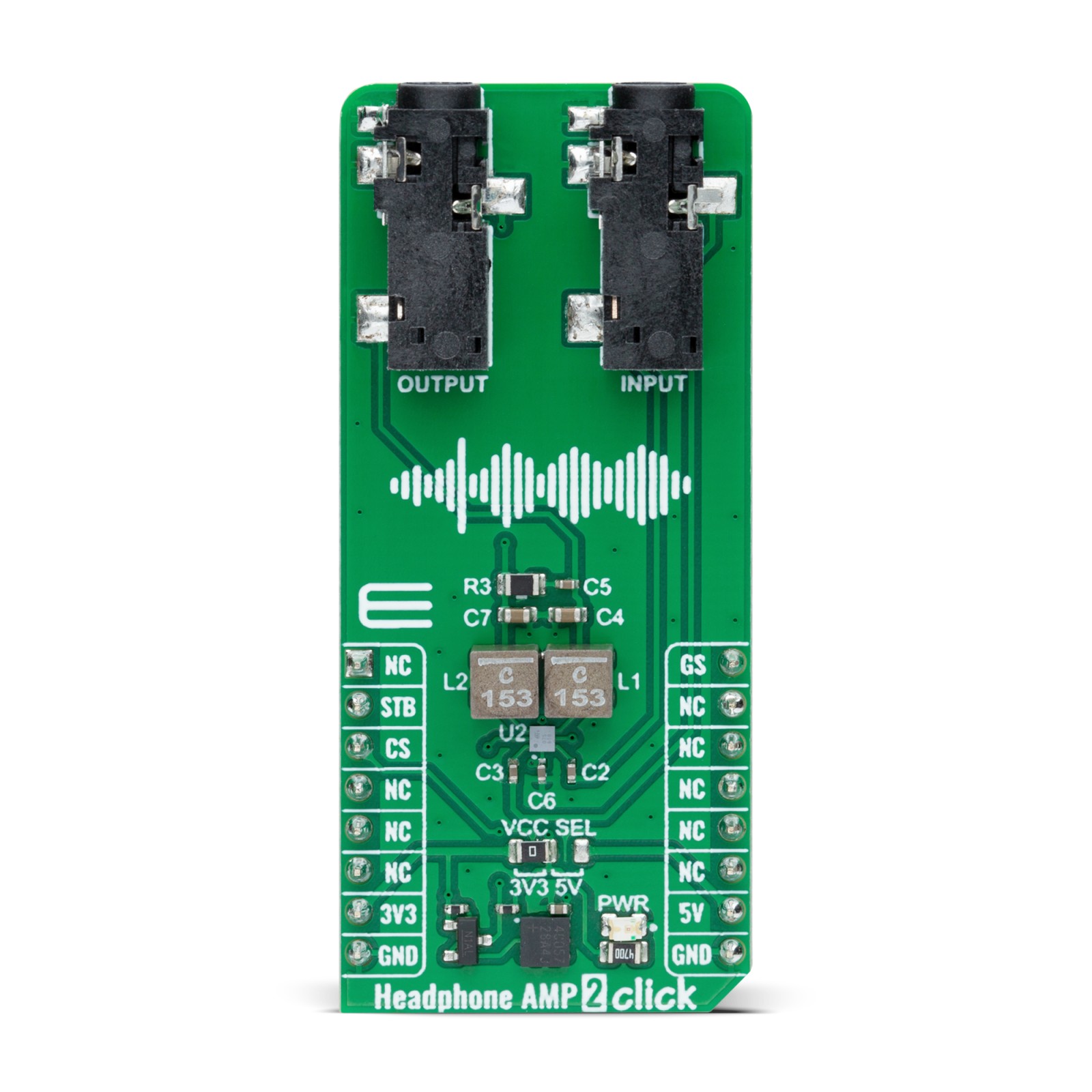
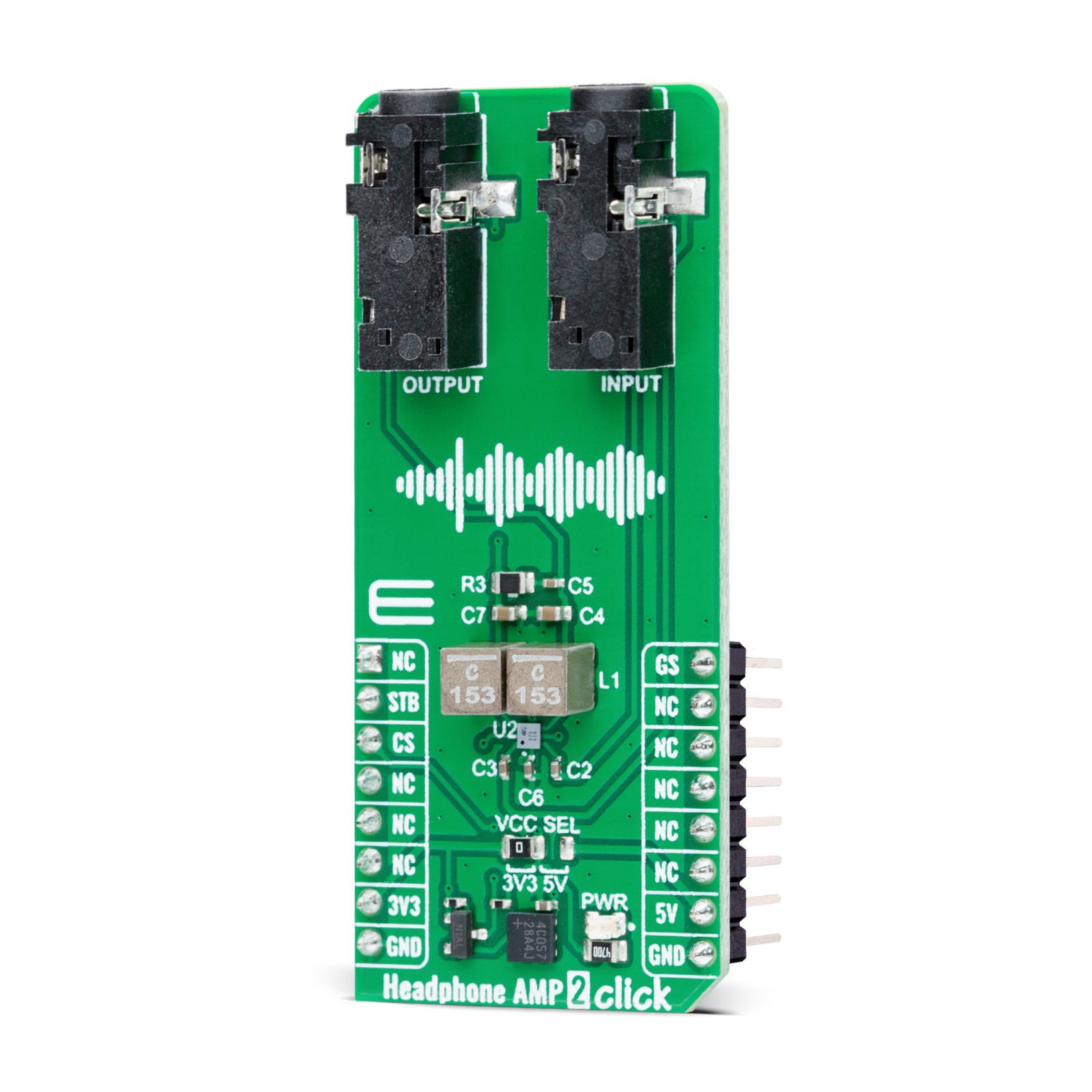

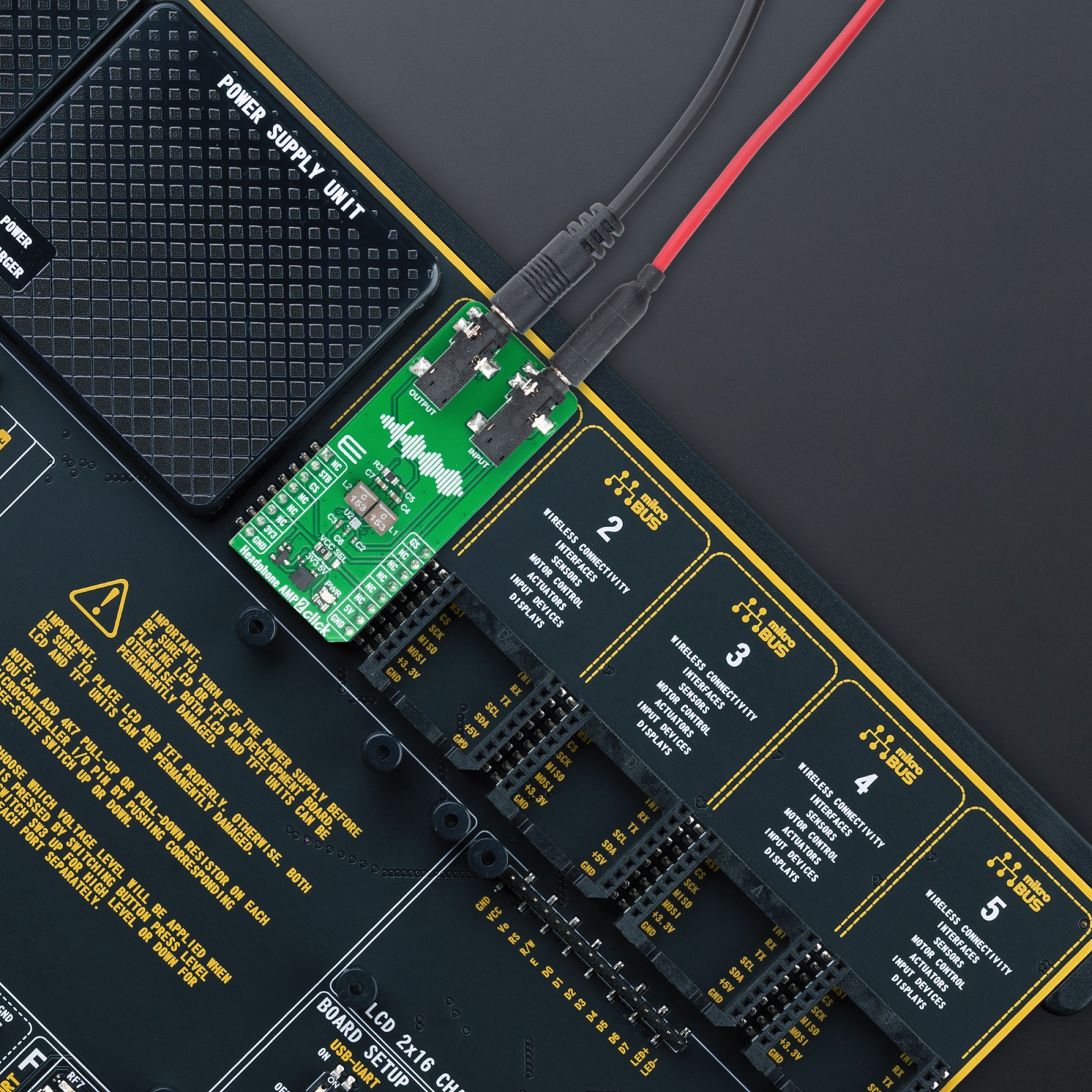
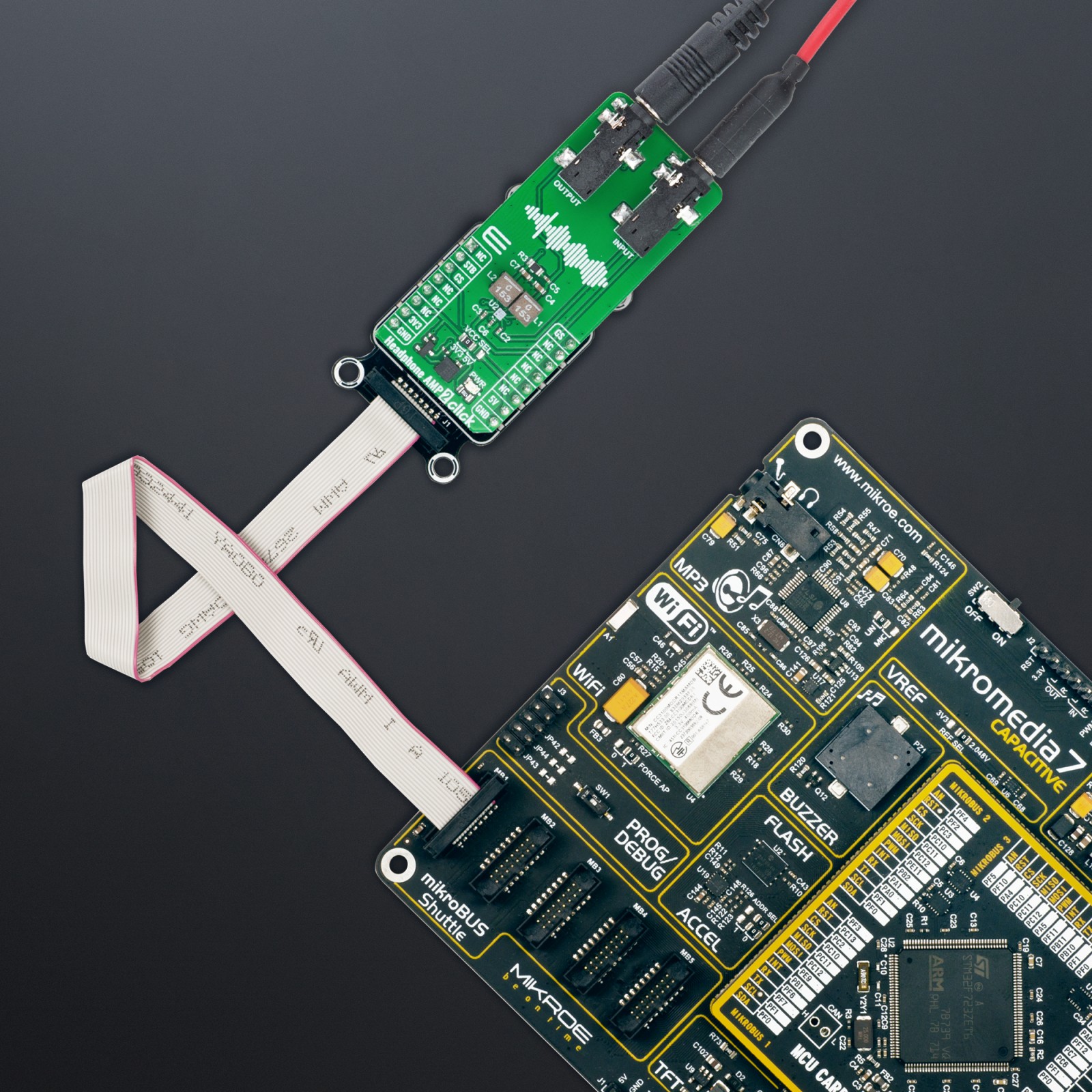
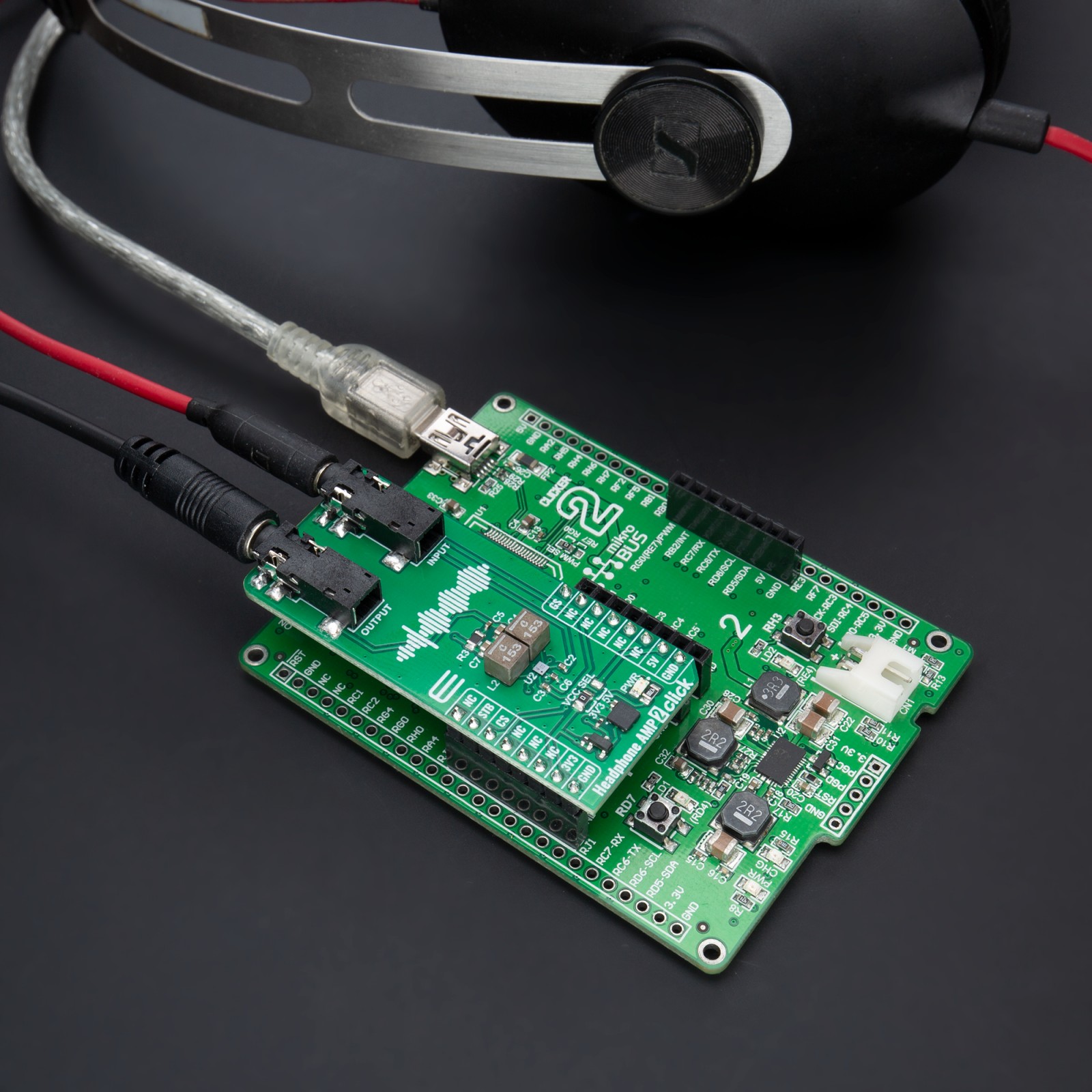
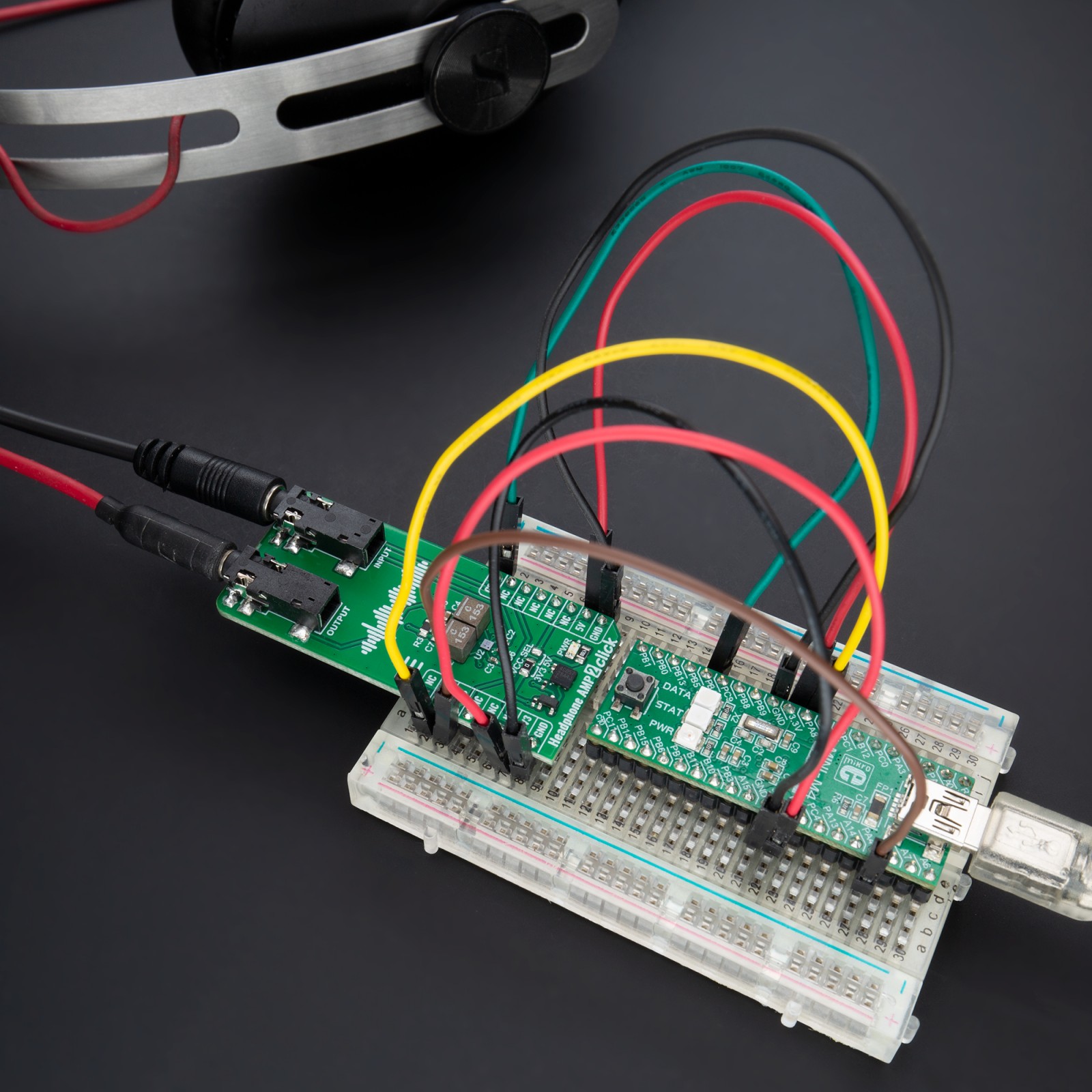
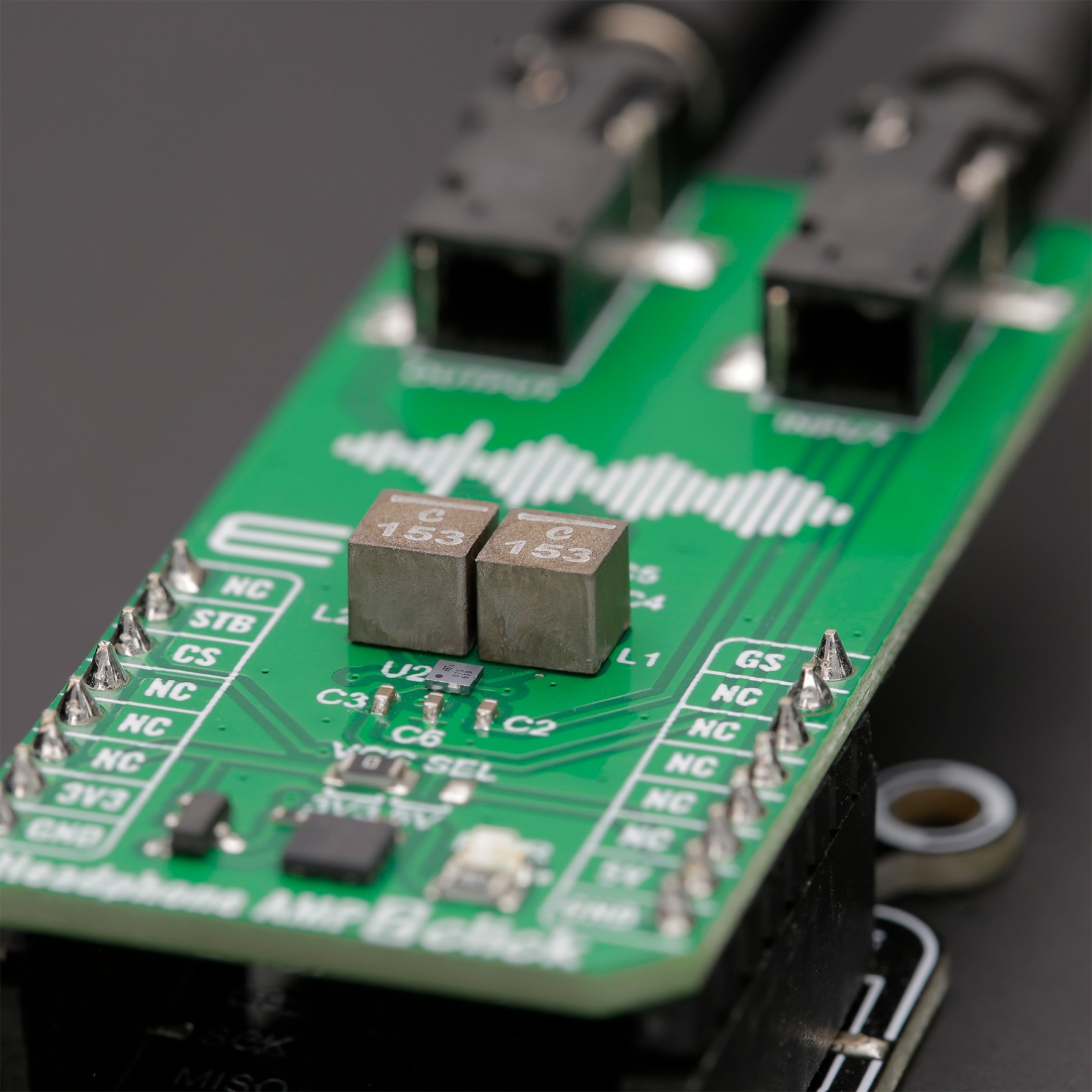

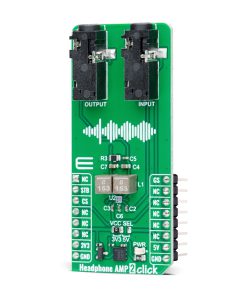
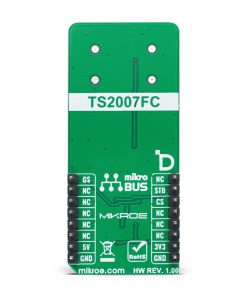
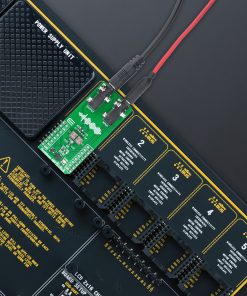
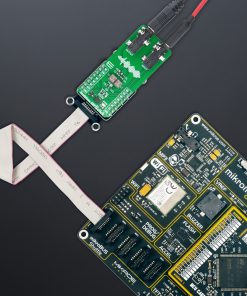
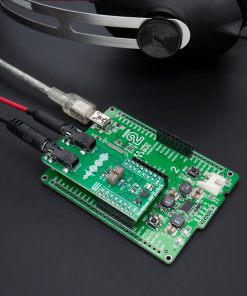

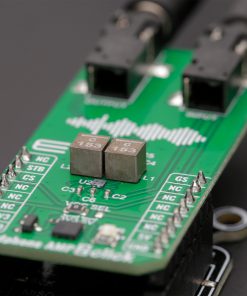
.jpg)







